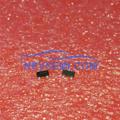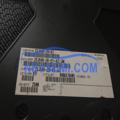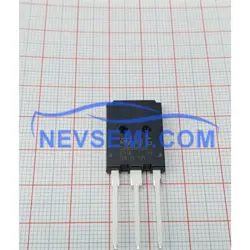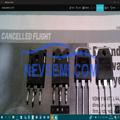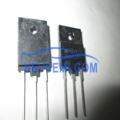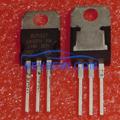Automotive Chips
Power Semiconductors
-
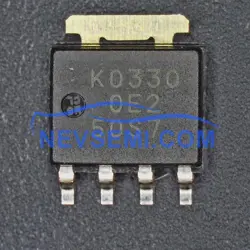
RJK0330DPB-01#J0
Renesas
Automotive voltage monitor with watchdog timer
-
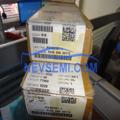
PCF8578T/1,118
NXP
Automotive voltage monitor with watchdog timer
-
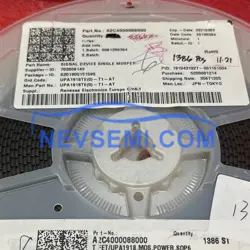
UPA1918TE(0)-T1-AT
Renesas
Automotive voltage monitor with watchdog timer
-
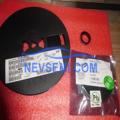
NZ9F4V3ST5G
Onsemi
Automotive voltage monitor with watchdog timer
-
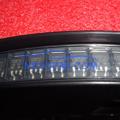
STGB20NB41LZT4
ST
Automotive voltage monitor with watchdog timer
-
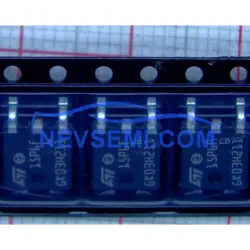
STD15P6F6AG
ST
Automotive voltage monitor with watchdog timer
-
BSS123NH6327XTSA1
infineon
Automotive voltage monitor with watchdog timer
-
BSS131H6327XTSA1
infineon
Automotive voltage monitor with watchdog timer
-
BSS126H6327XTSA2
infineon
Automotive voltage monitor with watchdog timer
-
2SJ598-ZK-E1-AZ
Renesas
Automotive voltage monitor with watchdog timer
-
TESEO-VIC3DA
ST
Automotive voltage monitor with watchdog timer
-
STGYA120M65DF2AG
ST
Automotive voltage monitor with watchdog timer
-
BU931P
ST
Automotive voltage monitor with watchdog timer
-
BU941ZPFI
ST
Automotive voltage monitor with watchdog timer
-
BU931T
ST
Automotive voltage monitor with watchdog timer
-
BSP315PH6327XTSA1
infineon
Automotive voltage monitor with watchdog timer
-
IPB80N06S2L07ATMA3
infineon
Automotive voltage monitor with watchdog timer
-
BSS816NWH6327XTSA1
infineon
Automotive voltage monitor with watchdog timer
-
AUIRF7341QTR
infineon
Automotive voltage monitor with watchdog timer
-
IPD100N04S402ATMA1
infineon
Automotive voltage monitor with watchdog timer
 FAQ
FAQ
- What is the difference between GaN and MOSFET? (GaN VS MOSFET)
- Aspect | GaN | MOSFET Material Gallium Nitride (GaN) Silicon (Si) or Silicon Carbide (SiC) Bandgap Wide-bandgap semiconductor Narrow-bandgap semiconductor Switching Speed Very fast switching speeds Relatively slower switching speeds On-Resistance Low on-resistance On-resistance varies with device size Voltage Rating Lower voltage rating Higher voltage rating Efficiency High efficiency Efficiency depends on specific device type Heat Dissipation Better heat dissipation Moderate heat dissipation Size and Weight Smaller size and lighter weight Larger size and heavier weight Cost Relatively higher cost Relatively lower cost Applications High-frequency applications, power supplies, and wireless systems General-purpose applications, motor drives, and low-to-moderate frequency applications
- What are the advantages of power semiconductor devices?
- High power handling capability | Compact size | Minimizing power losses and improving energy efficiency | Fast switching speed | Reliability | Compatibility with digital control | Versatility
- What is the difference between a semiconductor device and a power semiconductor device?
- Normal semiconductor devices cannot handle large currents or block high voltages, unlike power semiconductor devices. Although both are made of semiconductor materials, the fabrication techniques used for power semiconductor devices are specifically designed to enhance their capability to handle high power. Power semiconductor devices find their primary application as switches in power electronics circuits. When these devices are in the off state, they function as open circuits, effectively interrupting the flow of current. In contrast, during their on state, power semiconductor devices need to conduct current with minimal resistance, similar to a short circuit.
- What are the Types of Power Semiconductor Devices?
- Diode: A two-terminal device that allows current to flow in one direction while blocking it in the other. Thyristor: A four-layer semiconductor device capable of handling high voltages and currents for switching tasks. Insulated Gate Bipolar Transistor (IGBT): A combination of a MOSFET and a BJT, offering high voltage and current handling capabilities. Power MOSFET: A metal-oxide-semiconductor field-effect transistor designed for high power applications. Silicon-Controlled Rectifier (SCR): A four-layer device used for switching and control applications in high-power systems. Gate Turn-Off Thyristor (GTO): A thyristor with additional control capabilities allowing for turn-off operation. Bipolar Junction Transistor (BJT): A three-layer semiconductor device commonly used for amplification and switching purposes.
- What is a Power Semiconductor?
- Power semiconductors are a type of semiconductor device that can handle high voltages and currents while minimizing leakage, voltage drops, and power losses. They are used to efficiently control and convert electrical energy in motor drives, renewable energy systems, power supplies, and other applications. Power semiconductors include insulated gate bipolar transistors (IGBTs), diodes, thyristors, and power MOSFETs (Metal-Oxide-Semiconductor Field-Effect Transistors). They are able to handle high power levels and work reliably under demanding conditions. Power semiconductors are primarily used for switching and conversion in power control systems. Additionally, they play a crucial role in power generation and long-distance power transmission systems.

